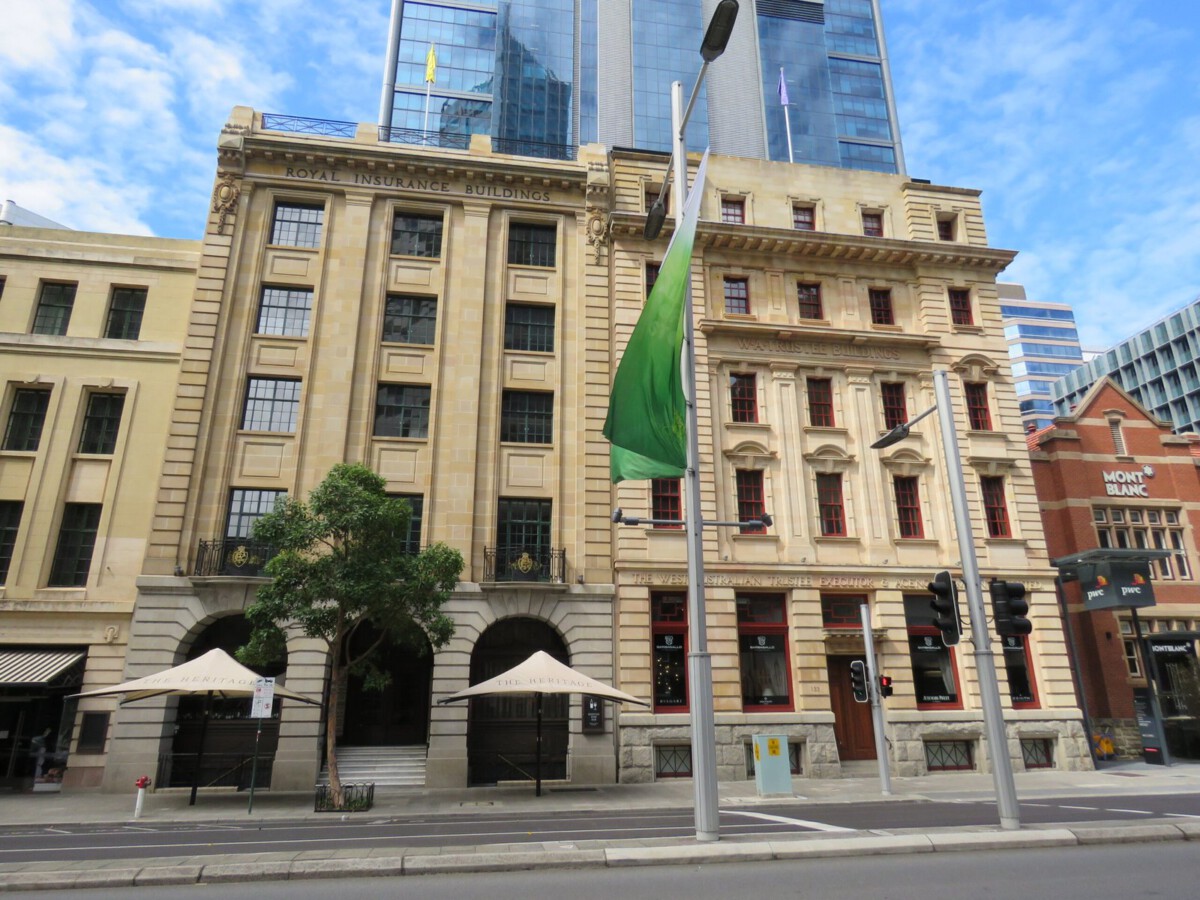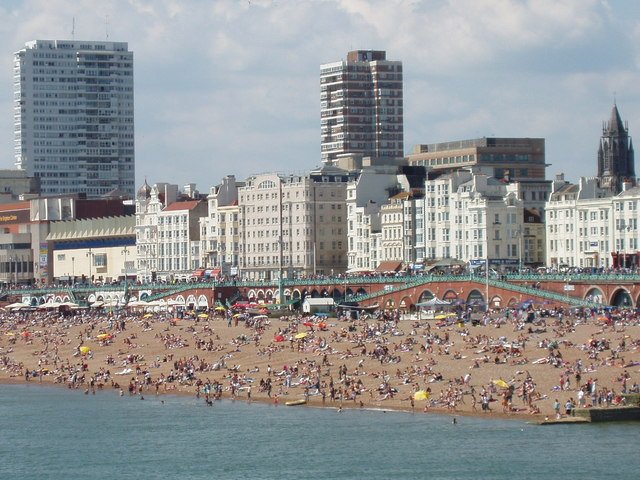The Economic Engine Behind Cultural Preservation

Local festivals generate over $4.2 billion annually for U.S. communities, according to the International Festivals and Events Association’s 2024 report. These celebrations aren’t just feel-good gatherings – they’re powerful economic forces that fund the preservation of cultural traditions that might otherwise fade away. When the Taste of Chicago draws 1.5 million visitors each summer, it’s not just showcasing deep-dish pizza; it’s creating jobs for traditional food vendors, musicians, and craftspeople who carry forward generations-old practices. The festival’s $280 million economic impact directly supports families who have been passing down recipes, techniques, and stories for decades.
Communities across America have discovered that their most authentic cultural assets – from German brewing traditions in Milwaukee to Cajun music in Louisiana – become their strongest tourist magnets. This creates a beautiful cycle where economic necessity drives cultural preservation, ensuring that traditions survive not as museum pieces but as living, breathing parts of modern American life.
Storytelling Traditions Find New Life Through Festival Narratives

The National Storytelling Festival in Jonesborough, Tennessee, demonstrates how oral traditions adapt to modern audiences while maintaining their essential character. Founded in 1973, this festival has evolved from a small regional gathering to an international event that attracts over 10,000 visitors annually, according to the National Storytelling Network’s 2023 data. Professional storytellers blend ancient techniques with contemporary themes, proving that the human need for narrative connection transcends generations. The festival’s success has inspired similar events nationwide, with the number of registered storytelling festivals growing by 15% between 2020 and 2024.
What makes these festivals particularly powerful is their ability to bridge generational gaps – grandparents share traditional tales while younger storytellers incorporate modern experiences into age-old formats. This dynamic exchange ensures that storytelling traditions remain relevant and vibrant rather than becoming static relics of the past.
Food Heritage Preservation Through Culinary Celebrations
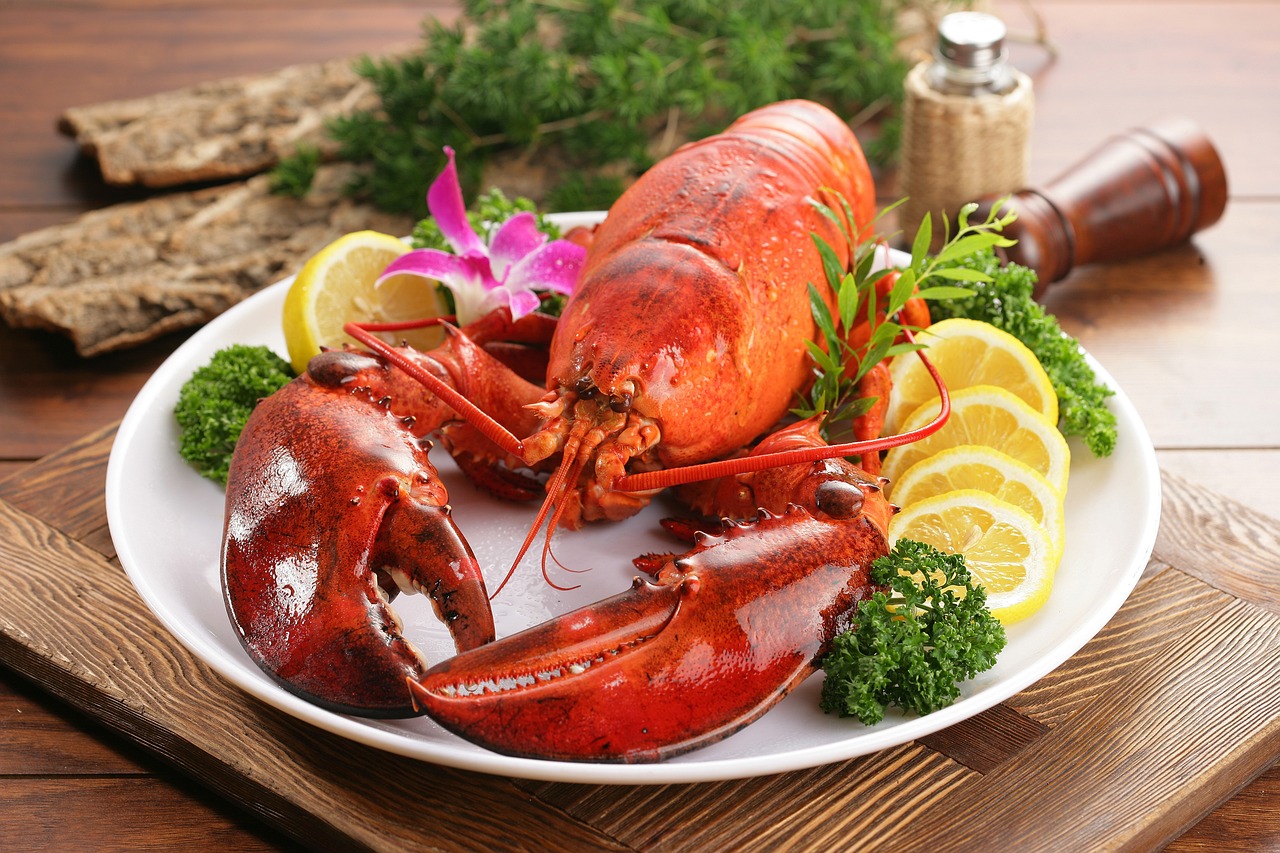
The Maine Lobster Festival, celebrating its 77th year in 2024, serves as a masterclass in how food festivals preserve culinary traditions while adapting to changing times. More than just a tourist attraction, this festival maintains traditional lobster preparation methods that date back centuries, employing local fishermen and cooks who learned their techniques from previous generations. The festival’s economic impact of $15 million annually supports the entire coastal Maine lobster industry, according to the Maine Lobster Marketing Collaborative’s 2024 report. Beyond the spectacle, the festival includes educational components where elder community members demonstrate traditional cooking methods, ensuring knowledge transfer to younger generations.
Similar preservation efforts occur at festivals like the Gilroy Garlic Festival in California and the Bratwurst Festival in Wisconsin, where traditional recipes and preparation methods are celebrated, documented, and passed down through hands-on participation rather than mere observation.
Indigenous Powwows: Authentic Cultural Transmission

Native American powwows represent one of the most authentic forms of cultural preservation through festival participation. The Gathering of Nations in Albuquerque, New Mexico, is North America’s largest powwow, drawing over 700 tribes and 100,000 visitors annually, according to the National Museum of the American Indian’s 2024 attendance records. These gatherings serve multiple functions: they maintain traditional dance forms, preserve native languages through ceremonial songs, and provide economic opportunities for indigenous artisans and performers. The powwow circuit has become increasingly important as tribal communities work to combat language loss – UNESCO estimates that 130 indigenous languages in the United States are at risk of disappearing within the next century.
Unlike commercial festivals, powwows maintain strict protocols and traditions that have been practiced for generations, ensuring that cultural transmission remains authentic and respectful. The competitive aspects of powwows – from traditional dance categories to drumming competitions – create incentives for young people to master traditional skills while honoring their cultural heritage.
Immigrant Community Festivals Bridge Old and New Worlds
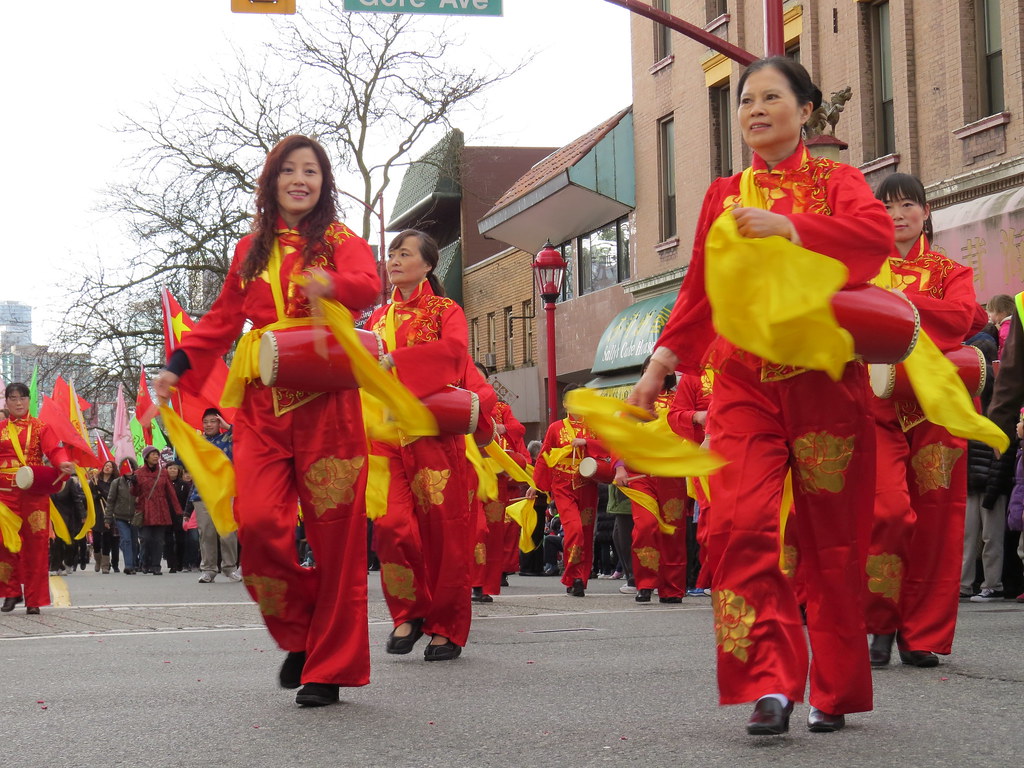
The annual Lunar New Year celebrations in San Francisco’s Chinatown, dating back to the 1860s, exemplify how immigrant communities use festivals to maintain cultural connections across generations. The 2024 celebration attracted over 3 million visitors according to the San Francisco Travel Association, making it one of the largest Lunar New Year celebrations outside of Asia. These festivals serve as crucial cultural anchors for second and third-generation immigrants who might otherwise lose connection to their ancestral traditions. The festival’s elaborate parade, featuring traditional lion dances, martial arts demonstrations, and cultural performances, requires year-round preparation that keeps traditional arts alive within the community.
Similar patterns emerge in Greek festivals in Tarpon Springs, Florida, Oktoberfest celebrations in German-American communities, and Diwali festivals in Indian-American neighborhoods, where cultural traditions are preserved through annual communal celebration and participation.
Musical Heritage Through Regional Folk Festivals

The Newport Folk Festival, revived in 2024 after pandemic interruptions, continues its 65-year tradition of preserving American folk music traditions while introducing them to new audiences. The festival’s influence extends far beyond entertainment – it has been instrumental in preserving Appalachian ballads, Delta blues, and other regional musical forms that might have disappeared without dedicated festivals providing platforms for traditional musicians. According to the Folk Alliance International’s 2024 report, regional folk festivals have increased by 23% since 2020, with younger audiences showing unprecedented interest in traditional music forms.
These festivals create economic opportunities for traditional musicians who might otherwise struggle to find audiences for their specialized skills. The festival circuit provides a sustainable income stream that allows folk artists to continue practicing and teaching their craft, ensuring that musical traditions survive in authentic forms rather than as commercialized adaptations.
Craft Traditions Preserved Through Maker Festivals
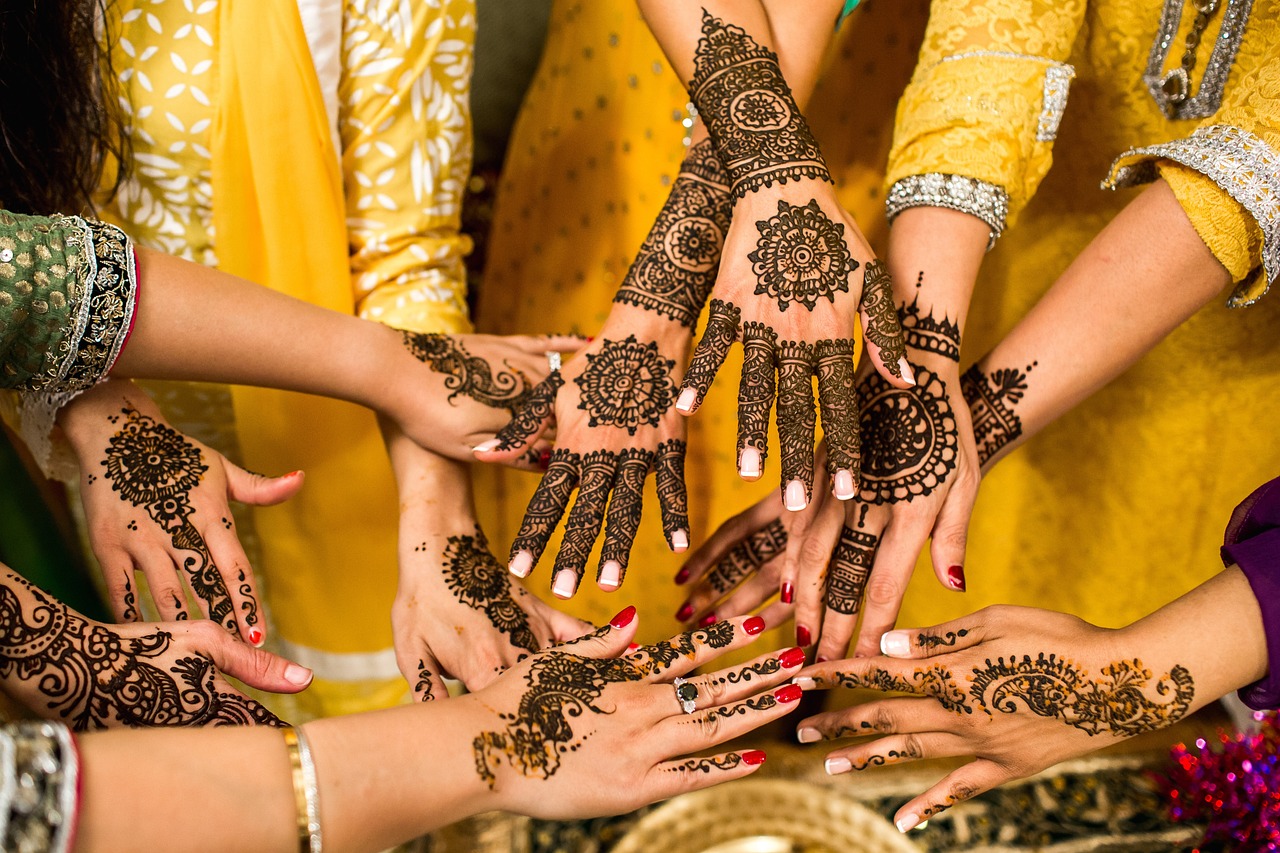
The annual Smithsonian Folklife Festival on the National Mall showcases traditional crafts from different regions each year, drawing over 1 million visitors according to the Smithsonian Institution’s 2024 attendance figures. This festival model has inspired hundreds of smaller regional craft festivals where traditional makers – from blacksmiths to quilters to pottery artisans – demonstrate their skills and sell their wares. The American Craft Council reported a 40% increase in craft festival attendance between 2019 and 2024, suggesting growing public interest in handmade goods and traditional techniques.
These festivals provide crucial economic support for traditional craftspeople while creating opportunities for skill transfer to younger generations. Many festivals now include intensive workshops where master craftspeople teach traditional techniques, ensuring that knowledge doesn’t disappear when elder practitioners retire or pass away.
Agricultural Heritage Festivals Connect Communities to Land-Based Traditions
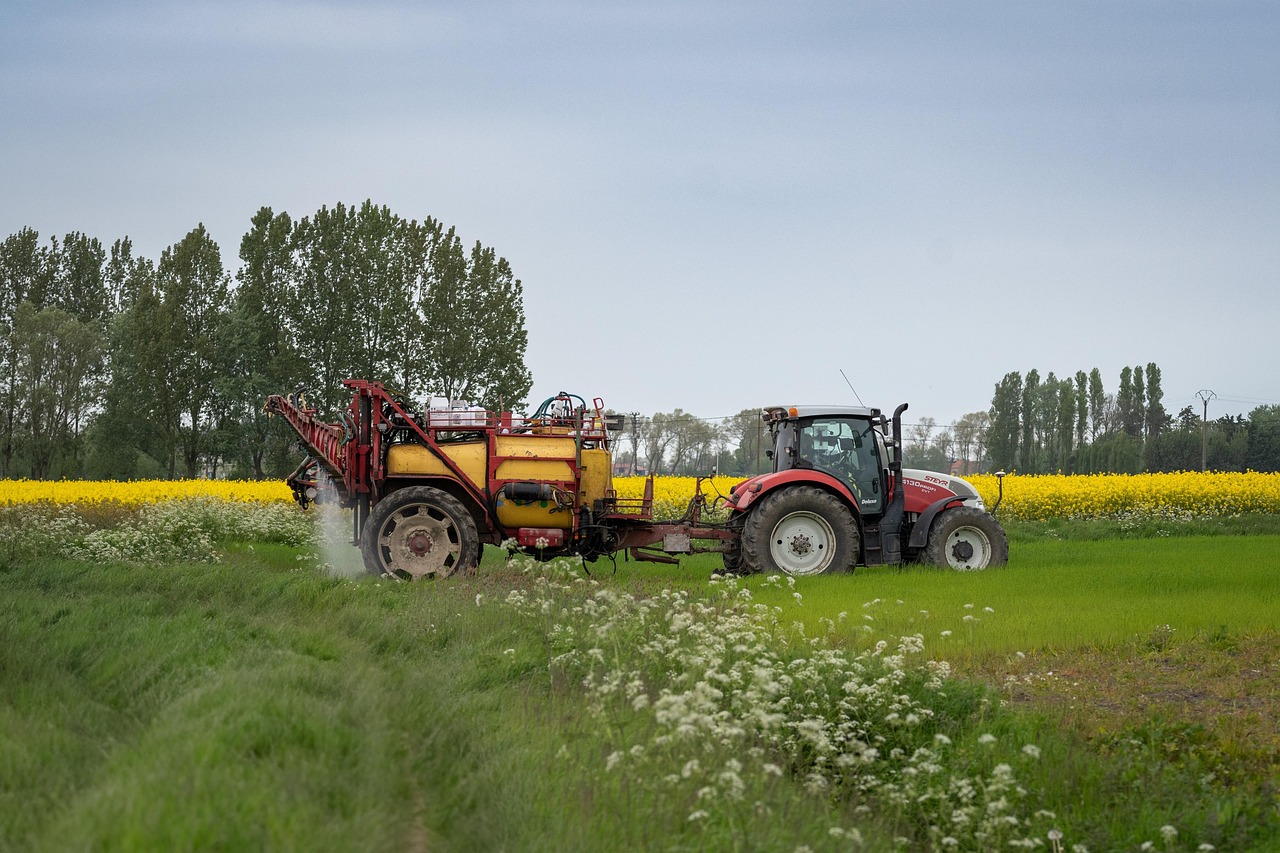
County and state fairs across America serve as repositories for agricultural traditions that shaped the nation’s development. The Iowa State Fair, attracting over 1.2 million visitors annually according to the Iowa State Fair Board’s 2024 report, maintains traditional agricultural competitions, livestock shows, and food preservation demonstrations that date back over a century. These events preserve knowledge about traditional farming techniques, heritage seed varieties, and food preservation methods that industrial agriculture has largely abandoned. The fair’s famous butter cow sculpture and traditional cooking contests maintain cultural connections to agricultural heritage that many Americans have lost touch with in increasingly urbanized society.
Similar preservation efforts occur at harvest festivals, apple festivals, and agricultural heritage events nationwide, where traditional farming knowledge is shared through hands-on demonstrations and competitive events that incentivize skill development and knowledge retention.
Religious and Spiritual Traditions Maintained Through Festival Cycles
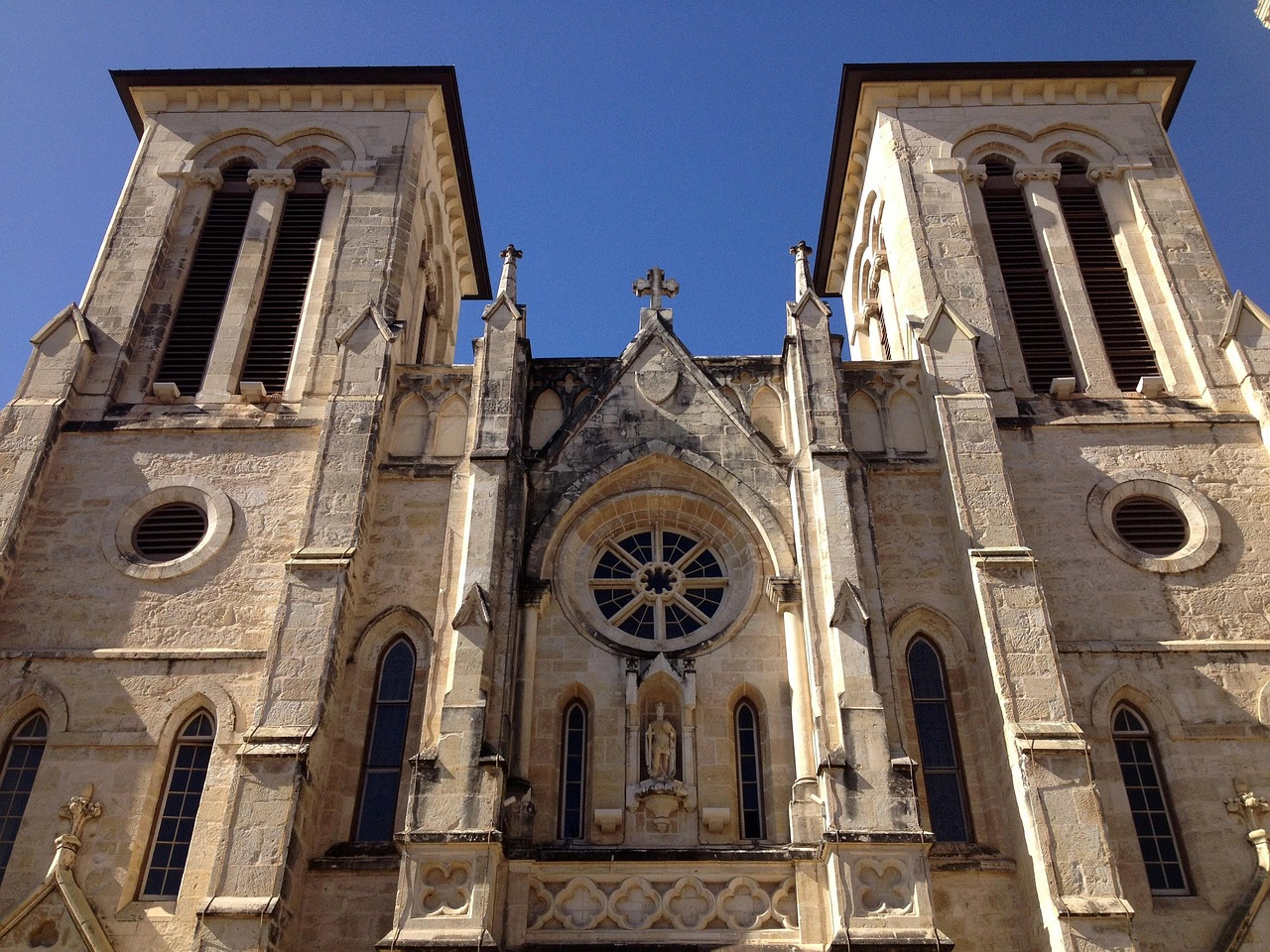
The annual Fiesta San Antonio, celebrating its 133rd year in 2024, demonstrates how religious festivals preserve cultural and spiritual traditions within modern contexts. Drawing over 3.5 million visitors according to the Fiesta San Antonio Commission’s 2024 report, this celebration maintains traditional Catholic observances while incorporating broader Mexican-American cultural elements. The festival’s economic impact of $340 million annually supports traditional artisans, musicians, and food vendors who carry forward practices rooted in centuries-old religious and cultural traditions.
These festivals serve multiple functions: they maintain religious practices, preserve cultural identity, and provide economic opportunities for traditional practitioners. The integration of sacred and secular elements ensures that spiritual traditions remain relevant and accessible to younger generations who might otherwise lose connection to their religious heritage.
Regional Dialect and Language Preservation Through Festival Programming
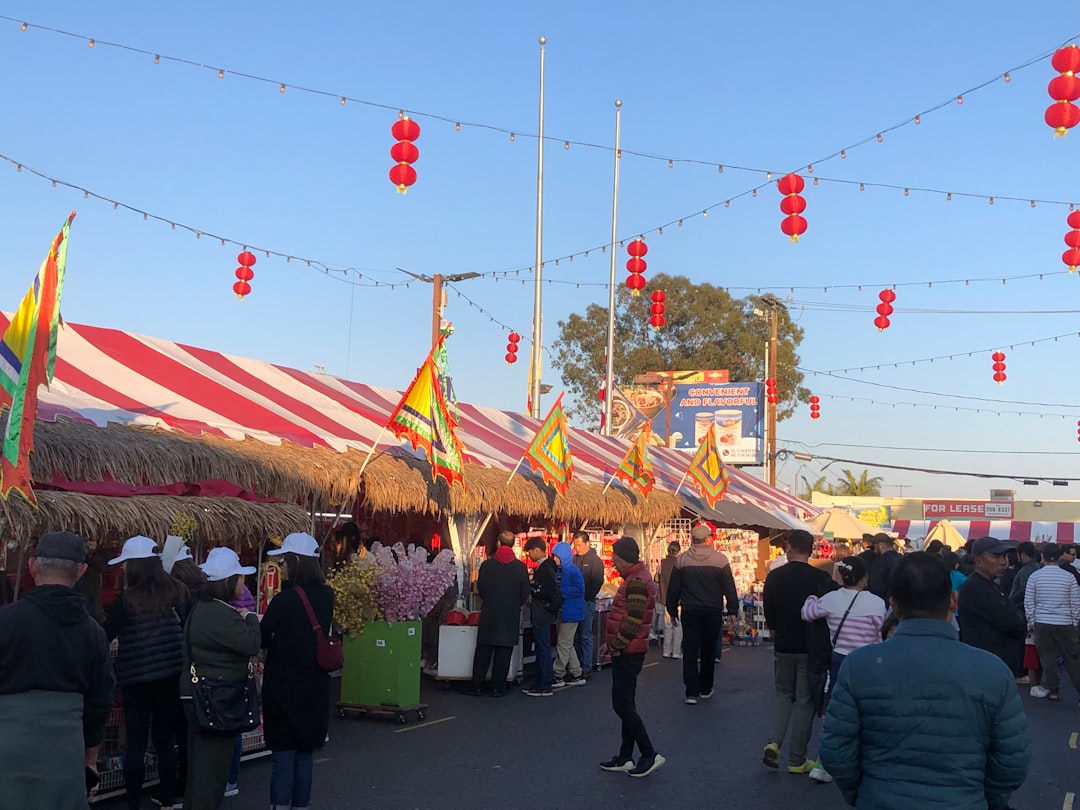
The annual Scots-Irish Festival in various locations across Appalachia includes specific programming dedicated to preserving regional dialects and linguistic traditions that are rapidly disappearing. According to the Endangered Language Alliance’s 2024 research, several American regional dialects are at risk of extinction within the next 50 years as younger generations adopt more standardized speech patterns. These festivals provide platforms for elder speakers to share traditional linguistic patterns, folk sayings, and storytelling techniques that carry unique regional character.
The festivals often include academic components where linguists work with community members to document and preserve speech patterns, ensuring that linguistic heritage survives in recorded form even as daily usage declines. This collaboration between academic institutions and local communities creates sustainable preservation methods that extend beyond the festival season.
Seasonal Celebration Cycles Maintain Connection to Natural Rhythms

Harvest festivals, maple syrup celebrations, and other seasonal events maintain traditional connections to natural cycles that modern life has largely obscured. The Vermont Maple Festival, celebrating its 58th year in 2024, attracts over 50,000 visitors annually according to Vermont Tourism data, while preserving traditional maple syrup production methods that date back to indigenous practices. These festivals maintain knowledge about seasonal food production, traditional preservation techniques, and the cultural significance of natural cycles in American rural life.
The timing and structure of these festivals follow traditional patterns that connect communities to agricultural and natural rhythms, providing continuity with historical practices that shaped American cultural development. Modern participants gain appreciation for seasonal abundance and scarcity cycles that their ancestors navigated as matters of survival.
Youth Engagement Programs Ensure Intergenerational Knowledge Transfer
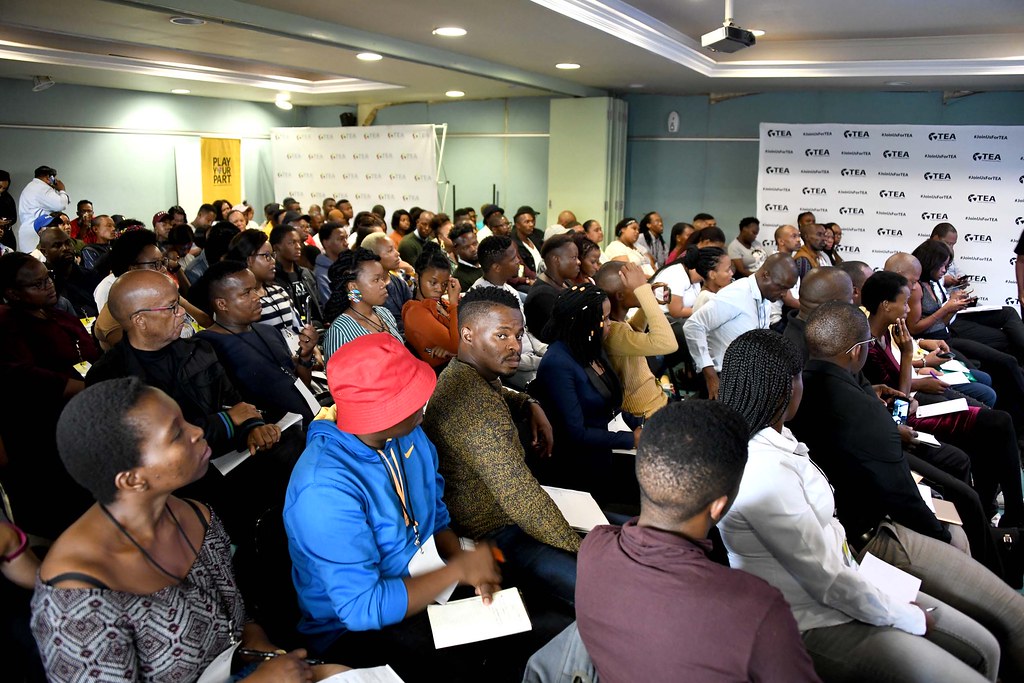
Many successful festivals now include dedicated youth programming designed to ensure cultural transmission to younger generations. The National Folk Festival’s 2024 youth initiatives included traditional music workshops, craft apprenticeships, and storytelling programs that connected young people directly with master practitioners. According to the National Endowment for the Arts’ 2024 report on cultural participation, festivals with structured youth programs show 67% higher success rates in maintaining traditional practices within communities.
These programs often include mentorship components where young people work directly with elder practitioners, creating personal relationships that extend beyond the festival season. This model ensures that cultural knowledge transfer happens through authentic relationships rather than formal classroom settings, maintaining the traditional apprenticeship patterns that historically preserved cultural practices.
Digital Documentation and Modern Preservation Methods

Contemporary festivals increasingly incorporate digital documentation as part of their preservation mission. The American Folklife Center at the Library of Congress has partnered with major festivals to create digital archives of performances, interviews, and demonstrations that preserve traditional practices for future generations. The 2024 initiative has documented over 2,000 hours of traditional performances and master classes from festivals nationwide, creating permanent records of cultural practices that might otherwise be lost.
These digital archives serve multiple purposes: they provide educational resources for schools and communities, create research materials for scholars, and offer models for traditional practitioners who want to learn or teach specific techniques. The combination of live festival experience and digital preservation creates comprehensive cultural documentation that serves both immediate community needs and long-term historical preservation goals.
Community Identity Formation Through Collective Celebration

Local festivals create shared experiences that strengthen community identity and cultural cohesion. The annual Kutztown Folk Festival in Pennsylvania, celebrating its 74th year in 2024, has become central to regional identity formation, attracting over 130,000 visitors annually according to the Pennsylvania Dutch Country Welcome Center’s 2024 report. The festival’s emphasis on traditional Pennsylvania Dutch crafts, foods, and customs creates a sense of place and cultural continuity that extends far beyond the festival weekend.
These festivals often serve as annual reunions for extended families and communities, creating opportunities for cultural transmission that might not occur in daily life. The shared experience of preparation, participation, and celebration builds social bonds that strengthen community resilience and cultural preservation efforts throughout the year.
Economic Sustainability Models for Cultural Preservation
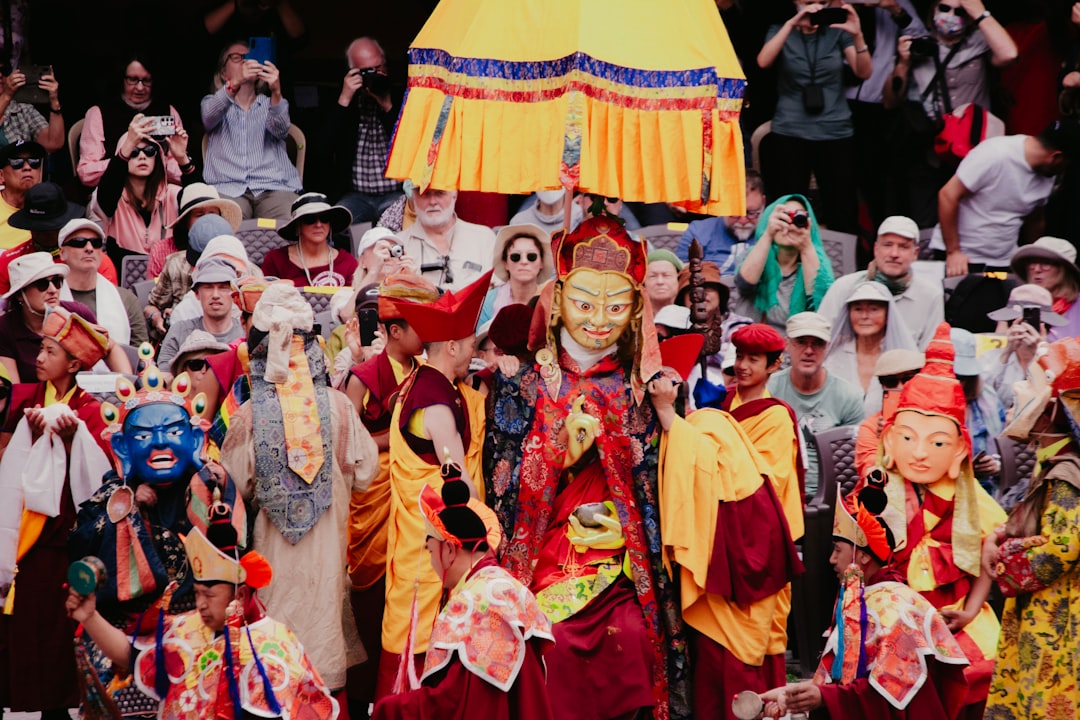
Successful festivals have developed sophisticated economic models that balance cultural authenticity with financial sustainability. The Santa Fe Indian Market, generating over $200 million in economic impact annually according to the Southwestern Association for Indian Arts’ 2024 report, demonstrates how cultural festivals can create sustainable income streams for traditional practitioners while maintaining artistic integrity. The market’s strict authenticity standards ensure that traditional techniques and cultural practices remain central to the economic success of participating artists.
These models often include year-round programming, educational workshops, and cultural tourism initiatives that extend economic benefits beyond the festival season. The combination of cultural preservation and economic development creates incentives for communities to maintain traditional practices while adapting to modern economic realities.



